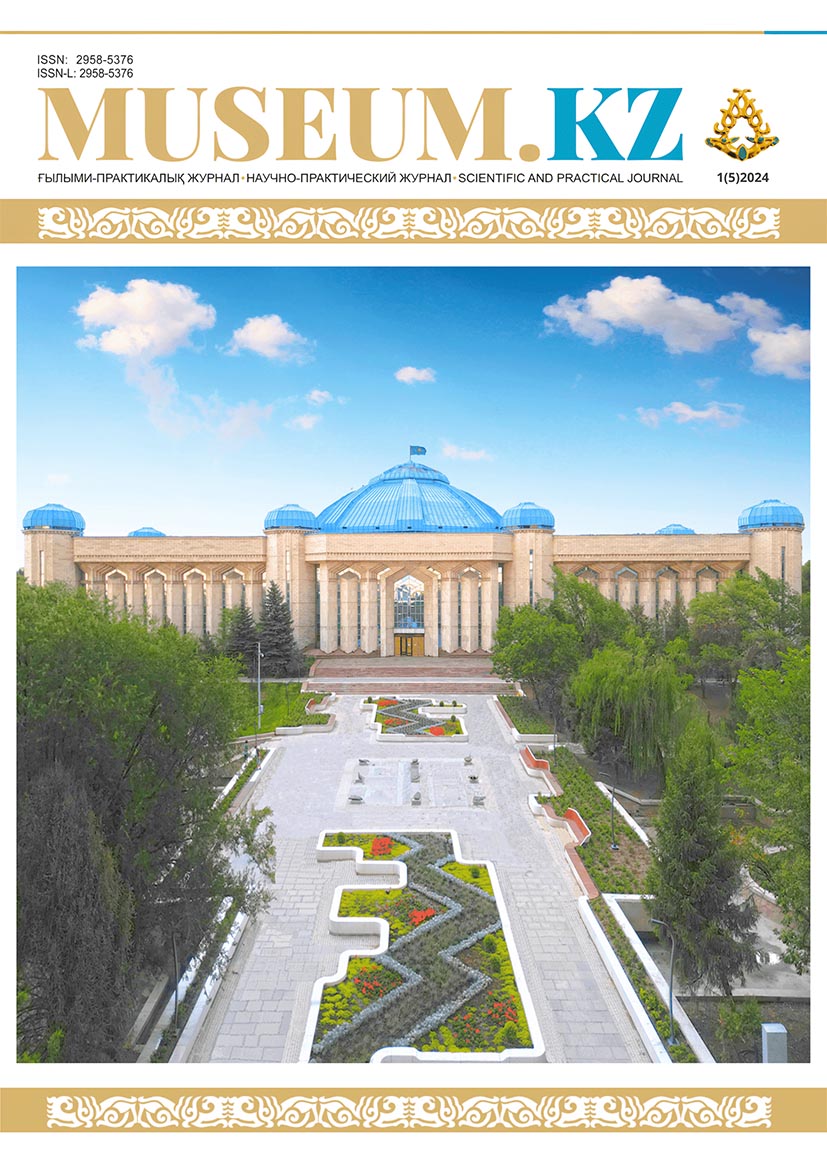INTERACTION BETWEEN VISITORS AND MUSEUM CURATORS: THE ROLE OF DIALOG IN MUSEUM EXHIBITIONS
DOI:
https://doi.org/10.59103/muzkz.2024.05.09Keywords:
museum, exhibition, exposition, dialog, communication, curator, visitor, researchAbstract
This article examines the role of dialog, communication and relationships between visitors and exhibition curators in contemporary museums. Exhibitions are the most visible and public performances that a modern museum offers to its visitors. A museum without exhibitions, is not a museum. Museum exhibitions showcase unique art compositions, works of art, and historical artifacts. The organization of exhibitions is a common feature of all museums, from institutions engaged in scientific research for a narrow circle of specialists to large multidisciplinary organizations providing services to the widest range of people.
Exhibitions carry the museum communication between the intentions of the organizer and the visitor's experience. Objects can be trophies of war, curiosities from the natural world, masterpieces, or structured environments whose presentation contains material evidence of the creator's intentions and values. Identifying and uncovering this evidence has become an increasingly attractive endeavor for some museum professionals, critics, and social theorists. The intentions of exhibit creators are often opaque, hidden from public view, and sometimes even unconscious.
Modern museums are both a temple and a forum at the same time. Focusing solely on the market generates a static sameness that is no longer suitable for our relative world. Creating dynamic channels for museum communication between those with knowledge and the public can be more difficult, but also more interesting. By adopting a dialog between the interests of the parties, we will better understand how each form of knowledge informs the other and, importantly, we will be better able to articulate our shared concerns.
Materials and methods of research: on the materials of museum exhibitions, domestic and foreign scientific publications. Research methods include analysis, interviews, observations, visitor feedback and exhibition records. The focus is on the consideration of the role and significance of museum communication, dialog in exhibitions, as well as the study of the impact of the exhibition on different audiences, ordinary visitors and target groups.







